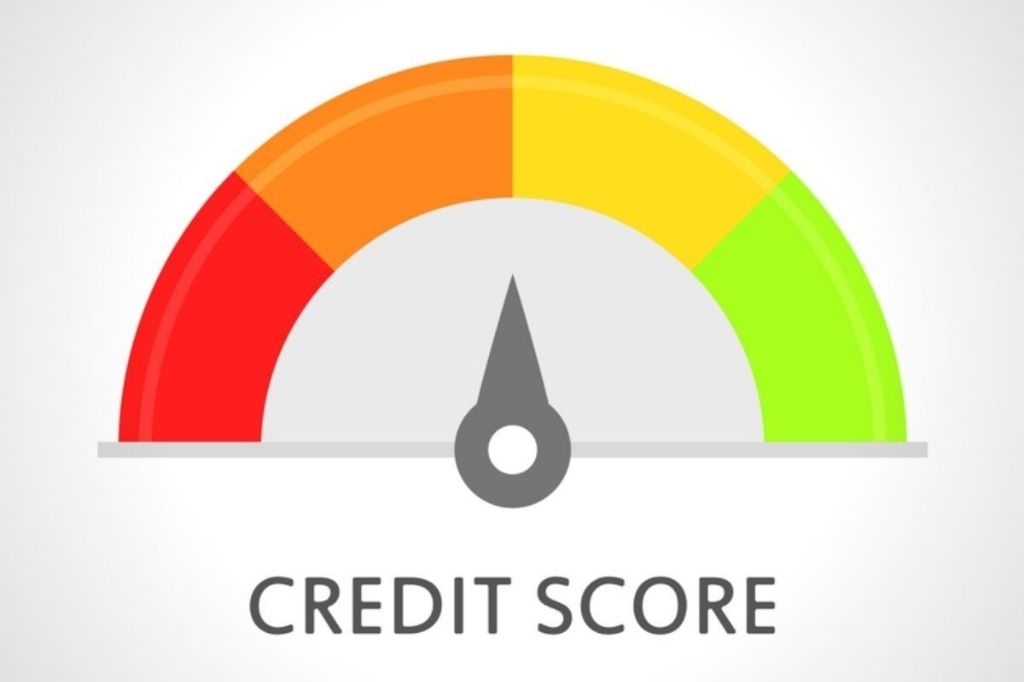Ever hear of something called the auto enrollment 500 credit addback? It might sound like just another credit term, but for a lot of people, it’s actually a pretty useful financial tool. Basically, we’re talking about an automatic program that gives you a credit “addback” of $500; something that could really make a difference if you’re working on building or maintaining your credit. Let’s break down how this works, why it’s helpful, and how you could benefit from it if you’re eligible.
Ready? Let’s jump right in!
What Exactly is the Auto Enrollment 500 Credit Addback?
So, what exactly is this auto enrollment 500 credit addback? Well, think of it as a kind of credit boost. It’s a program, usually offered by banks or credit lenders, that automatically adds back a $500 credit to your account. Here’s the deal: while it’s not actual “cash” you can spend, it shows up as available credit, which can positively impact your credit score.

This addback is a way to give your credit profile a little extra boost. For someone who’s actively trying to improve their credit or keep it in good shape, having that extra $500 can make a difference. Lenders see this addback on your credit report, and it adds to the overall picture of your financial reliability. That $500 may not seem like a huge amount, but it’s often just enough to improve your credit utilization ratio (more on that in a bit).
But the best part? Usually, the enrollment is automatic; as long as you qualify. That means you don’t have to go through applications or forms. If your account meets certain criteria, this addback can be quietly working for you behind the scenes.
How Does the 500 Credit Addback Work?
Alright, let’s dig into how the 500 credit addback actually works. The process usually begins when your bank or credit lender enrolls you automatically in the program. Sometimes this is based on account type, spending habits, or even customer loyalty.
Once you’re enrolled, the institution adds back $500 to your credit profile. Now, it’s important to remember that this isn’t cash you can pull out and spend; rather, it’s more like an added credit buffer. It boosts your available credit on paper, which can improve your credit utilization rate (that’s the percentage of credit you’re using compared to what’s available to you). And lenders really like a low utilization rate, as it shows you’re not overextended on your borrowing.
This entire process is often automated, so you might not even notice it at first. But once it’s in effect, you can actually see the impact on your credit report. If you have questions, every lender may approach this somewhat differently; thus, it is advisable to contact your institution.
Benefits of the Auto Enrollment 500 Credit Addback
So, why does this addback matter? There are a few practical benefits of the auto enrollment 500 credit addback that could help you out in various financial situations.
The percentage of your available credit that you are really utilizing is known as utilization. Your usage rate may go down if you get $500 back as your available limit would be bigger. A 50% usage rate would be $1,000 out of $2,000 available. Reducing it to 40% after adding the $500 is a great improvement.
Next, it can give you an edge when you’re applying for a loan. Lenders tend to prefer borrowers who have a bit of credit “cushion” because it shows a level of financial stability. Even though $500 isn’t huge, sometimes that extra amount can make a difference in how a lender views your overall creditworthiness.
Lastly, while it’s not “spendable,” this addback contributes positively to your credit profile over time, assuming you’re managing your credit responsibly. As part of a bigger credit strategy, it’s a small step that can help strengthen your score bit by bit, making future loans or credit cards more accessible.
Who is Eligible for the Auto Enrollment 500 Credit Addback?
Not everyone is eligible for the auto enrollment 500 credit addback. Eligibility usually depends on the financial institution and their criteria. Some banks may only offer this to certain account types, like high-yield savings, premium checking, or business accounts. Others may look at factors like credit score or payment history.

If you’re interested in this feature, your best bet is to check directly with your bank or lender. Sometimes, they don’t openly advertise it, so a quick call can clarify if you’re eligible. Also, new customers might have a waiting period before they qualify; for instance, you might need to be a customer for six months to a year before the addback kicks in.
Don’t hesitate to ask your bank about it. It’s a simple question, and if you do qualify, that extra $500 on your credit profile could be a valuable addition. You won’t know until you ask, and it could be worth the inquiry.
Limitations and Things to Consider
Albeit the auto enrollment 500 credit addback might be useful, understanding its limitations is significant. As a matter of some importance, it’s a credit addback that raises your accessible credit without working on your genuine monetary circumstance; it’s not genuine cash. You may think of it more as a reporting tool that improves your credit score without really increasing your income.
You should also keep in mind that this addback can have different treatment by different lenders or credit reporting agencies.
While the $500 addback may help your credit score, it won’t be enough to fix problems like excessive debt or late payments. It’s a good start, but maintaining regular payment patterns is what really matters for a good credit score.
Maximizing the Benefits of the 500 Credit Addback
Alright, so you qualify for the auto enrollment 500 credit addback; how do you make the most of it? For starters, keep an eye on your credit utilization. With that extra $500, you can lower your usage percentage, which could improve your score. Going for the gold usage is typically savvy, however lower is far and away superior.
Additionally, monitor your credit report to perceive what this addback may be meaning for your score. Assuming it’s aiding, accept that as inspiration to keep working on different region of your credit, such as squaring away obligations or setting up automatic installments to keep away from late expenses.
At last, utilize the lift in an intelligent way on the off chance that you’re arranging a major buy or applying for a credit. Banks consider different elements while surveying your creditworthiness, and this addback can supplement your current monetary profile.







